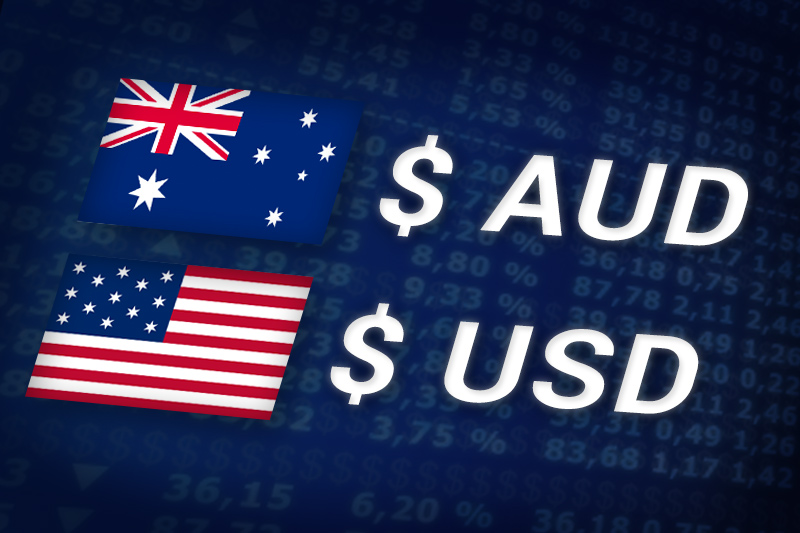Investing.com’s stocks of the week
Investing.com - The Australian dollar rebounded from a five-month low but traded below parity against its U.S. counterpart on Tuesday, as sentiment remained under pressure amid ongoing political uncertainty in Greece.
AUD/USD hit 1.0006 during late Asian trade, the daily high; the pair subsequently consolidated at 1.0005, rising 0.49%.
The pair was likely to find support at 0.9919, the low of December 16 and resistance at 1.0083, the high of May 11.
Sentiment slightly strengthened after preliminary data showed that Germany’s economy expanded more-than-expected in the first quarter, indicating that the euro zone’s largest economy is weathering the effects of the crisis in the region.
But investors remained cautious as Greece’s President Karolos Papoulias was due to hold a fresh round of cross party talks aimed at forming a government later in the day, after a more than week-long political stalemate fuelled fears over the country’s ability to uphold its financial commitments and its possible exit from the euro zone.
Concerns over slowing Chinese growth also weighed on commodity-linked currencies, after data showed the country’s foreign direct investment inflows dipped 2.4% in April, posting a fourth consecutive loss after a 2.8% decline the previous month.
Earlier in the day, the Reserve Bank of Australia said in the minutes of its latest policy meeting that “the risks emanating from Europe continue to cloud the global outlook,” adding that “inflation is likely to remain in the lower half of the target range over the foreseeable future.”
On May 1, the RBA cut its benchmark interest rate to a two-year low of 3.75% to help boost growth.
Elsewhere, the Aussie was higher against the euro with EUR/AUD shedding 0.21%, to hit 1.2851.
Later in the day, the U.S. was to publish official data on retail sales and consumer price inflation, followed by reports on manufacturing activity in New York, U.S. net long-term securities transactions and business inventories.
AUD/USD hit 1.0006 during late Asian trade, the daily high; the pair subsequently consolidated at 1.0005, rising 0.49%.
The pair was likely to find support at 0.9919, the low of December 16 and resistance at 1.0083, the high of May 11.
Sentiment slightly strengthened after preliminary data showed that Germany’s economy expanded more-than-expected in the first quarter, indicating that the euro zone’s largest economy is weathering the effects of the crisis in the region.
But investors remained cautious as Greece’s President Karolos Papoulias was due to hold a fresh round of cross party talks aimed at forming a government later in the day, after a more than week-long political stalemate fuelled fears over the country’s ability to uphold its financial commitments and its possible exit from the euro zone.
Concerns over slowing Chinese growth also weighed on commodity-linked currencies, after data showed the country’s foreign direct investment inflows dipped 2.4% in April, posting a fourth consecutive loss after a 2.8% decline the previous month.
Earlier in the day, the Reserve Bank of Australia said in the minutes of its latest policy meeting that “the risks emanating from Europe continue to cloud the global outlook,” adding that “inflation is likely to remain in the lower half of the target range over the foreseeable future.”
On May 1, the RBA cut its benchmark interest rate to a two-year low of 3.75% to help boost growth.
Elsewhere, the Aussie was higher against the euro with EUR/AUD shedding 0.21%, to hit 1.2851.
Later in the day, the U.S. was to publish official data on retail sales and consumer price inflation, followed by reports on manufacturing activity in New York, U.S. net long-term securities transactions and business inventories.
